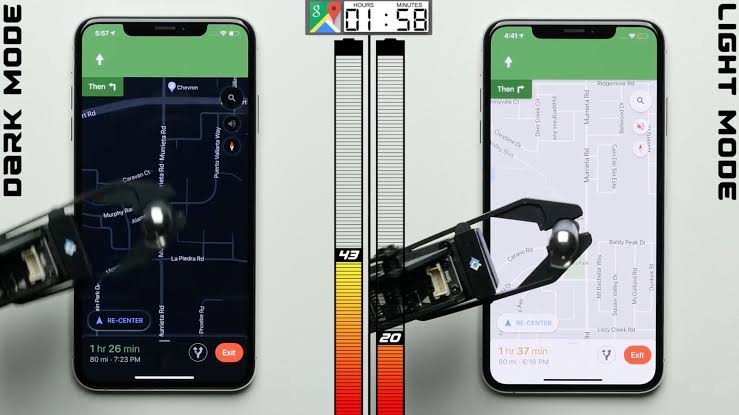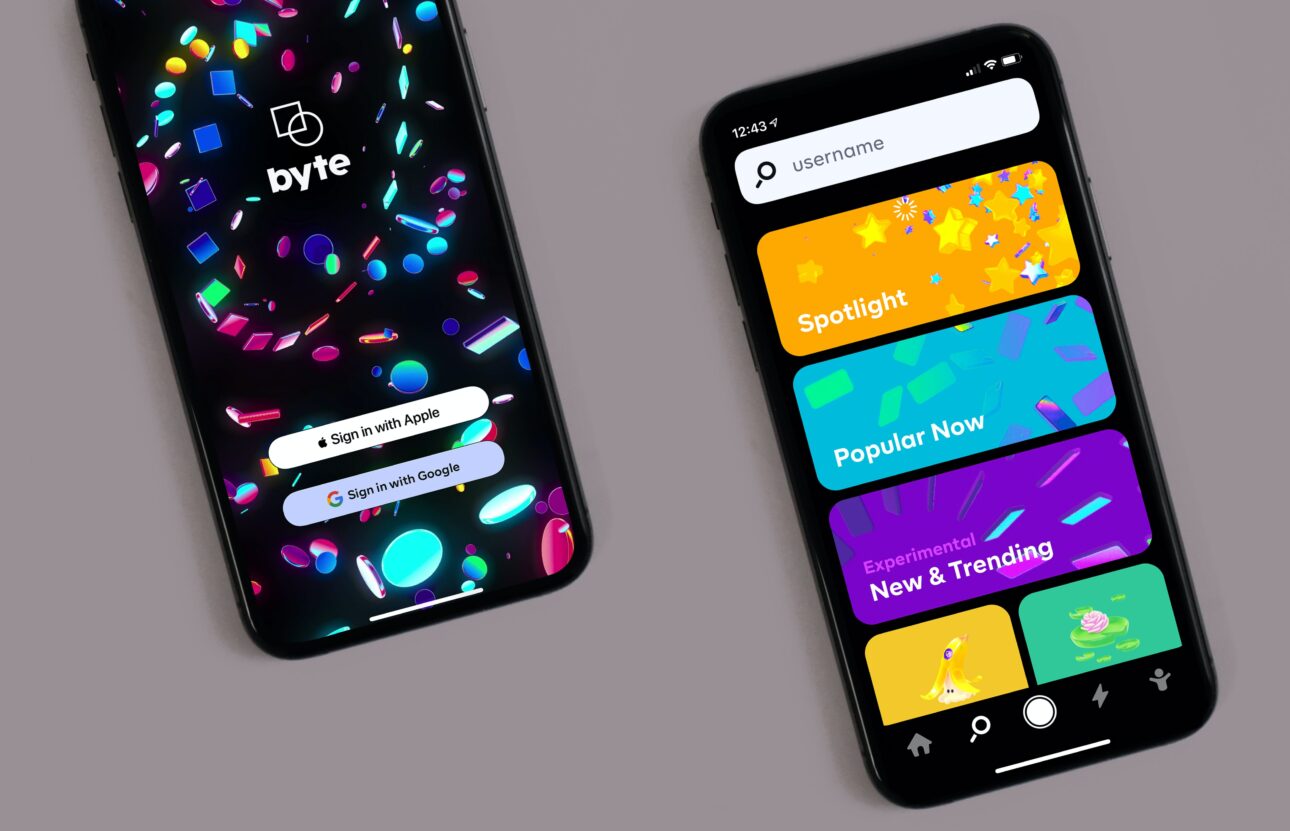Apple has carved a niche for itself in the mobile landscape. The tech giant has been the apple of the eye of the tech world (we could not stop ourselves) ever since its inception. The secret behind the success of Apple is its customer retention. Apple enjoys the benefits of a loyal customer base. This is because the company has provided its customers with regular robust updates and reliable fixes from time to time. And 2019 is no different. With the announcement of the iPhone 11 and new iPad, Apple launched the latest version of iOS-iOS 13. With this, Apple also announced that it would end support for older devices. The devices are-
- iPhone 5S
- iPhone 6
- iPhone 6 Plus
- iPad Mini
- iPad Mini 2
- iPad Mini 3
- Original iPad Air
Latest Development
- Apple claimed that the newer version of the operating system brings a lot of exciting features onboard. Some of them are dark mode, Apple sign-in, new photo editing tools, and a new reminders app. However, the major highlights of this update were privacy and security.
- Apple devices are known for ensuring robust security to their customer’s data, and with the latest update, Apple has tried to strengthen that aspect further. To give the customers a reliable platform to enjoy, developers at Apple toil day and night to develop and test the latest versions and patch editions of the iOS.

- It is no different with the latest version of iOS. The developers are facing a new set of challenges in testing after the introduction of iOS 13. Let us take a look at what challenges does the latest version of iOS pose for the developers from a testing perspective.
- The current market landscape is dominated by iOS 12 devices. So the testers will have to start their testing path from there itself. Although with the introduction of iOS 13 Apple will discontinue support for many devices, the apps pertaining to these devices will still be maintained. So the developers will have to create a complex environment for testing purposes. This environment must be able to support exhaustive testing techniques, which covers a wide range of apps and devices.
-
- The other major problem is the reach. As iOS 13 has officially been released by Apple, an increasing number of devices are being upgraded to the latest version of the operating system. This poses a problem for scalability and time management from a developer’s perspective. So the developers do not have any time to lose. The current scenario indicates that the developers and testers should buckle up and work round the clock to test every aspect of the new iOS.
-
- A quick and effective solution would be building a test matrix that covers iOS 13 as well as iOS 12. They must also include previous platforms if that is possible. Then they must carry out a comprehensive functional test across all platforms, both old and new. After this, the developers must create a lab configuration that fits all the devices. Developers can either use Apium or XCUITest frameworks for the audit of their test code as these two frameworks are the backbone of iOS testing. Using these frameworks, they can easily configure their test environments to support older devices.
Now let us talk about the testing challenges iOS 13 presents that differentiate iOS 13 from its previous versions.
iOS 13- Challenges for an iOS Tester

- Testing is carried out by creating automation scripts. So the scripts which were used for testing iOS 12 and iOS need to be adjusted to work on iOS 13 and iPad OS effectively. The changes must accommodate UI, and notifications pop up. Developers can prioritize the test cases.
- As the spotlight of iOS 13 is on its dark mode feature, and Apple sign-in developers can start by testing these features first. Apple sign-in is a consolidated sign-in feature for all your apps. Developers can start by testing these features. Also, automate as much of the testing process as possible. This will help save time and work with sheer diligence. Also, developers and testers must test the native, hybrid, and responsive web design apps with Apple’s new user interface continuously. They must also test these apps with Apple’s web browser Safari and its new dark feature as well.
- The native applications must behave in the same way in both the older and new versions of iOS. The UI, notifications pop up, and the performance may vary for different platforms. Covering all these parameters is quite a task for the developers, so it is advisable to use automation processes as much as possible.
- Also, the developers must form a benchmark for the applications and website’s performance on the new iOS. This will help them to asses the responsiveness of these apps and websites to these new features.
- The developers must also make sure that the applications are using the available resources in an optimal way. This is possible only if the applications are free from bugs. The bugs from the applications can be removed in an agile manner. Sometimes the same app is released with two versions. One version is for the older devices, and the other one is for the latest version of the operating system. So the testers must test both instances of such applications separately.
iOS 13 is undoubtedly a challenge for testers, but if you look at the bright side of this, you will find that this will help testers to review their test processes and make the necessary amendments. The testers will need to integrate automation into their working methods. This will help them in the long run.
As the world is becoming a smarter place by every passing minute, it is no surprise that the applications coming out in the future would be more sophisticated and hard to test. Also, integrating automation techniques would create a benchmark for testing processes, which is undoubtedly a good thing for testers.
Stay updated with the latest in mobile and application development with Saffron Tech.
Subscribe to Saffron Tech
Explore your marketing zen with our newsletter! Subscribe now.




